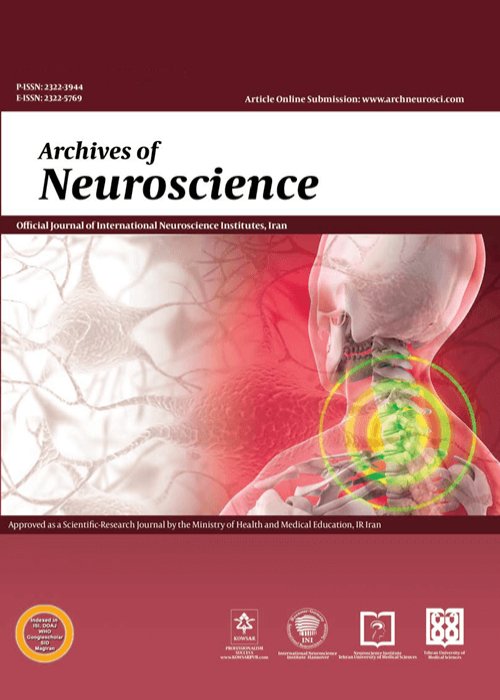The Changes of Motor Control Strategies in Non-specific Chronic Low Back Pain During Spinal Manipulation and Muscle Energy Techniques: A Beta-band Intermuscular Pair-Wise Coherence Analysis
Until now, a variety of techniques have been introduced to address the adverse effects of NS-CLBP, including spinal manipulation technique (SMT) and muscle energy technique (MET). However, most of these techniques have focused on pain assessment and disability. In other words, the intermuscular synchronization between the co-contracting muscles was not considered, and hence, the effectiveness of these techniques on the corticospinal tract function was not studied.
This study aimed to compare the effects of SMT and MET on corticospinal tract function during four phases of standing, flexion, relaxation, and extension in flexion-extension task (F-ET) in NS-CLBP using pair-wise coherence of Beta-band intermuscular coherence (Bb-IMC).
Twenty volunteer healthymale subjects and twenty-fourmale subjects with NS-CLBP (20 - 45 years of age) participated in this work. The patients had continuous or recurrent symptoms for three months or more without any referral pain to the lower extremities. The patients were randomly assigned to two equal intervention groups (SMT and MET), and the techniques were applied as described by Greenman. Surface electromyography (sEMGs) from lumbopelvic muscles was recorded for all participants (i.e., healthy group and the patient groups), while they performed three trials of F-ET, and the pair-wise coherence for all muscles was calculated using Bb-IMC analysis. Besides, in the patient’s groups, sEMGs from the muscles were recorded before and after the interventional techniques (i.e., SMT and MET), while they performed three trials of F-ET, and the pair-wise coherence was calculated. Multivariate analysis of variance test was used to compare the healthy subjects and patient groups before the interventions in A and B muscle cross at different phases of F-ET task. Furthermore, in the NS-CLBP patients, comparisons were made before and after the interventions in each group (i.e., SMT and MET groups) as well as between the two groups in A and B muscle cross at different phases of the F-ET task.
In the standing phase of F-ET, there were no significant differences in the SMT and MET group before and after the intervention in PWC of A muscle cross and B muscle cross (P < 0.05). Considering the flexion phase, there were significant differences in the SMT group in all pair muscles as PWC (M1-M4), PWE (M1-M6), PWC (M4-M6) (P < 0.05), whereas there was one significantly in PWC (M4-M6) in the MET group (P < 0.05). In the relaxation phase, the SMT had significantly in PWC (M2-M5), whereas there was one significantly in PWC (M4-M6) in MET group (P < 0.05). In the extension phase, although the SMT was not significant (P < 0.05) in the MET intervention group, there were significant differences in the PWC (M2-M3) and PWC muscles (M2-M5).
This study provided some pieces of evidence about the effects of one of the common manual therapy techniques on the primary motor cortex and corticospinal drive in the NS-CLBP patients. The results showed that, by increasing the pair-wise coherence in all phases of FE-T, SMT intervention was more effective than MET intervention. Therefore, the pair-wise coherence of Bb-IMC can be considered an approach for clinicians when designing the rehabilitation protocol to ensure optimal treatment.
- حق عضویت دریافتی صرف حمایت از نشریات عضو و نگهداری، تکمیل و توسعه مگیران میشود.
- پرداخت حق اشتراک و دانلود مقالات اجازه بازنشر آن در سایر رسانههای چاپی و دیجیتال را به کاربر نمیدهد.


